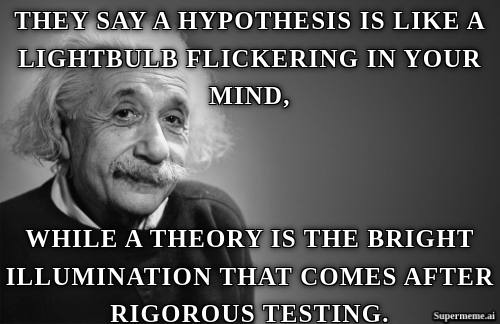Did you know that students make sense of visuals faster than text? That is, when processing image and text data at the same time, visuals get processed sixty thousand times faster (source). Student-created digital media results in greater gains. That means that student-generated visuals can impact learning and achievement. You already know how powerful infographics and graphs are. Today, AI tools can create even more engaging images with text. One way to do that? Memes. Let’s take a closer look at meme creation tools and activities using memes in the classroom.
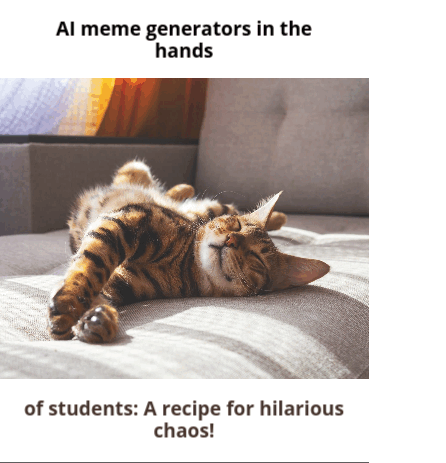
Memes generated by the author using Simplified.com.
What does the research say?
“Images evoke and enrich complex meanings. These meanings are otherwise linguistically inexpressible,” says the Visible Learning Meta X database. This is a rich database of effective instructional strategies based on the research of John Hattie. Visuals are rated as having an effect size of 0.55. If .40 is an average year’s growth, images have the potential to speed up learning.
What are memes?
Memes can represent ideas, values, or behaviors that are contagious. Pair quotes with pop culture images and you get a shareable meme. Meme quote generators help students engage in language play, deepen their experiences with interpretation, reasoning, and inferential thinking.
How to Create Memes
The old-fashioned way of creating memes includes using meme generator tools. These work great for students, allowing them to combine quotes with existing images. Some tools I’ve relied on to create memes include:
But, there are now new tools that make meme creation easier using AI. These meme-generation tools focus students on the text rather than the image. Let’s explore some AI meme generators.
AI Meme Generators
Some AI meme generators you can use for free include the following. But, some will require you to create an account using Google or an email address.
Now that you have some AI meme generators, let’s jump to a few activities. I invite you to add your own ideas in the comments!
Classroom Activities with Memes
Activity #1: Classroom Debates
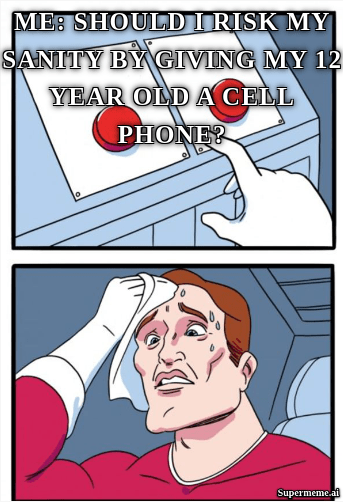
Debates about tough topics offer rich opportunities for developing student content knowledge, literacy, and civility. For example, “Should I risk my sanity by giving my 12-year-old a cell phone?” is current and relevant. What’s more, it allows students to apply critical thinking approaches when considering the merits of smartphones for minors. Students also get to explore legal issues, social media, and more. All are topics that can be tied into math, science, and social studies.
Debating is an often under-utilized approach in the classroom. At least, debating in a civil manner.
Classroom debates help students learn through friendly competition, examine controversial topics and “strengthen skills in the areas of leadership, interpersonal influence, teambuilding, group problem solving, and oral presentation” (Leuser, n.d., para. 1 as cited by source).
You could have students do any of the following:
- Articulate the rules of debate
- Organize their points as a series of memes representing their perspective
- Create memes that are opposite to a competing perspective
Students could then organize debates as a series of images addressing key topics. The topics would have been identified prior to the debate. Students could also assess the efficacy of memes generated in convincing (or not) the audience.
Activity #2: Vocabulary Development
Clarifying terms and vocabulary in a new lesson can be difficult. That’s true no matter whether you are a language learner, math, or science student. How do you capture the essence of a vocabulary term in such a way as to make it easier to understand? One way is to create a meme that represents that word.
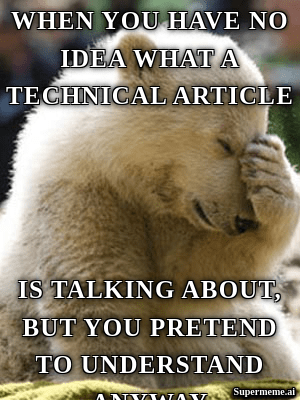
You can combine memes with Frayer Models, as well as concept sorts, to define and organize terms. In fact, in science, drawing a picture of what a word means could be the first step in better defining it.
Activity #3: Conveying a PBL Stakeholder Perspective
When starting a problem-based learning unit, one of the first steps involves identifying stakeholders. These are the perspectives that vie for attention and resources in a real-life problem. In a community where a landfill is being built, you could have a variety of stakeholders. Those could include:
- Environmental Protection Agency (EPA)
- The Public
- Community Residents and Businesses near the landfill
- Landfill operator
- Landowner
- City
- Media
- Government Department
How would you represent the perspective of each in a single sentence or meme? How might students take recycling into account in the local community?
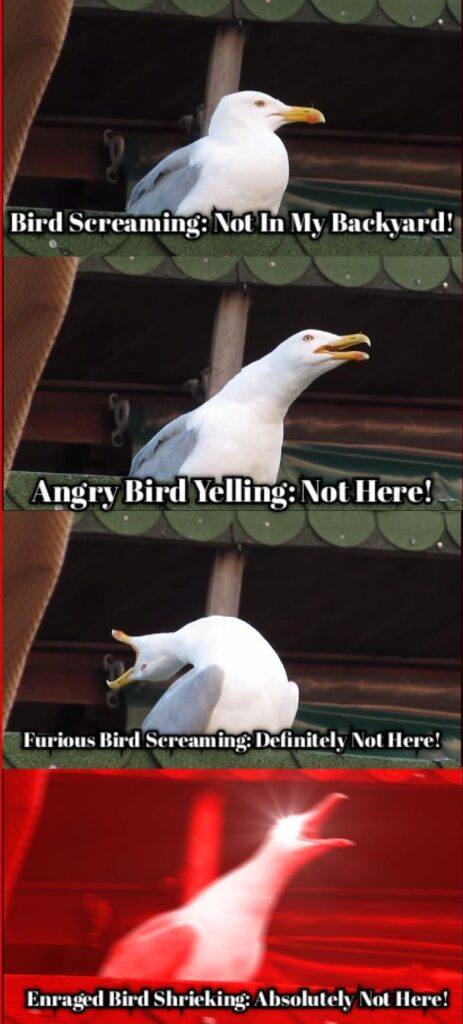
The Power of AI Meme Generators
Memes empower learners to create content that looks amazing with minimal, mechanical expenditure. That is, instead of spending time surfing the web trying to find images, AI meme generators make it easy to combine picture and student-generated text in memorable ways. Have other ideas for ways to use memes in the classroom? Please share them with us in the comments!

